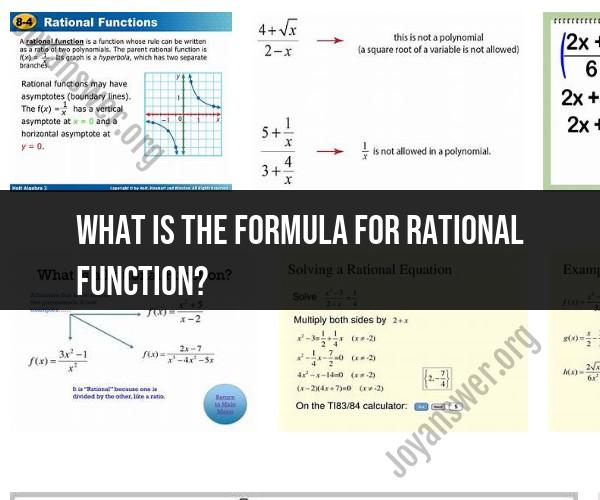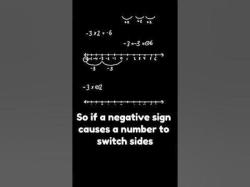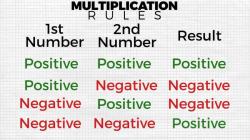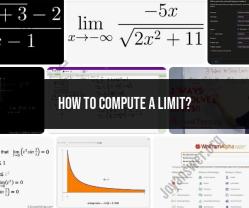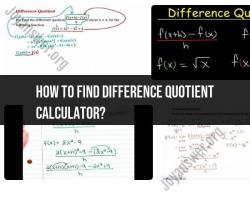What is the formula for rational function?
The formula for a rational function is typically written in the following form:
Where:
- represents the rational function itself.
- is a polynomial in that serves as the numerator of the rational function.
- is a polynomial in that serves as the denominator of the rational function.
In this formula, is the independent variable, and is the dependent variable. The rational function is defined for all values of except those for which the denominator equals zero. These values are called "restrictions" or "excluded values" because dividing by zero is undefined in mathematics.
For example, consider the rational function:
In this case:
- is the rational function.
- is the polynomial in the numerator.
- is the polynomial in the denominator.
To evaluate this rational function for a specific value of , you substitute that value into the expression and perform the necessary calculations. For example, to evaluate when , you substitute into the formula:
Then, simplify the expression to find the value of .
Rational functions are commonly used in mathematics and science to model a wide range of real-world phenomena. They are also important in calculus, as they are used in topics such as limits, derivatives, and integrals. Understanding the formula for a rational function allows you to work with and analyze these functions in various mathematical contexts.
The formula for a rational function is:
f(x) = P(x) / Q(x)
where P(x) and Q(x) are polynomials, and Q(x) ≠ 0.
P(x) is the numerator of the rational function, and Q(x) is the denominator. The numerator represents the expression that is being divided, and the denominator represents the expression that is dividing.
Rational functions can be used to model a variety of real-world phenomena, such as the speed of a falling object, the motion of a projectile, and the growth of a population.
Here are some examples of rational functions:
f(x) = x / (x + 1)
f(x) = (x^2 - 1) / (x - 1)
f(x) = (x^2 + 5x + 6) / (x + 1)
Rational functions can be manipulated using the same rules of algebra as polynomials. For example, you can add, subtract, multiply, and divide rational functions. You can also factor rational functions and simplify them.
If you are interested in learning more about rational functions, there are many resources available online and in libraries. You can also find many helpful examples and problems to practice with.
